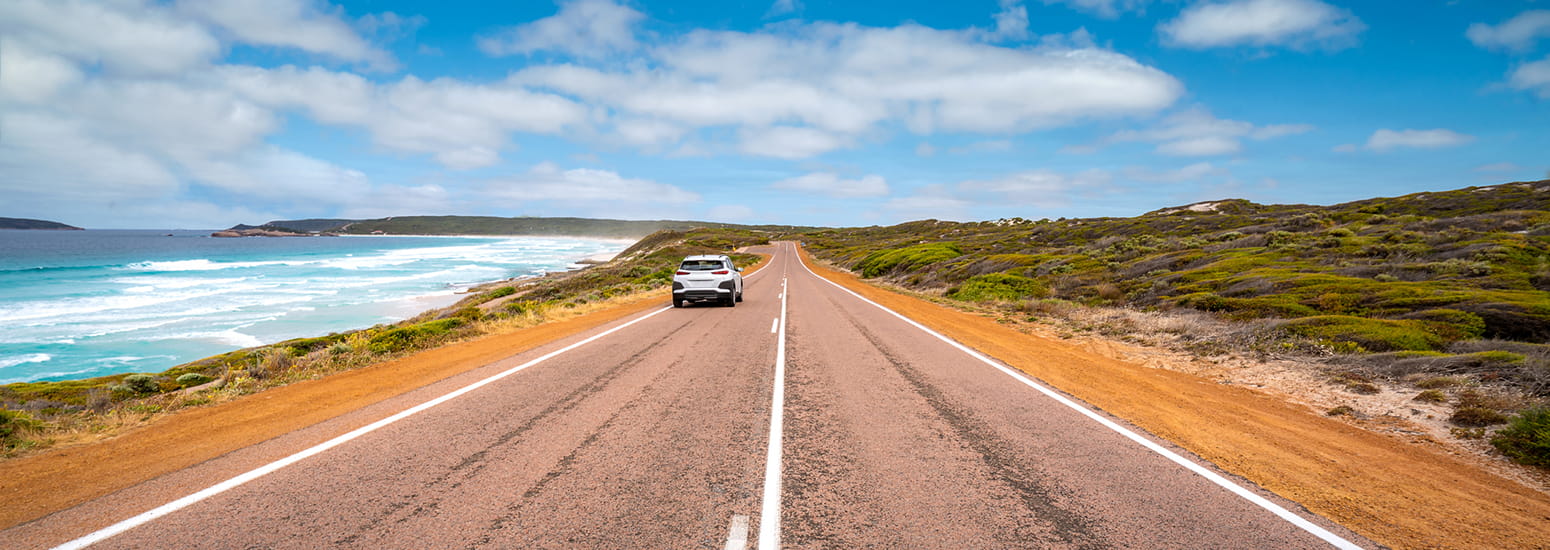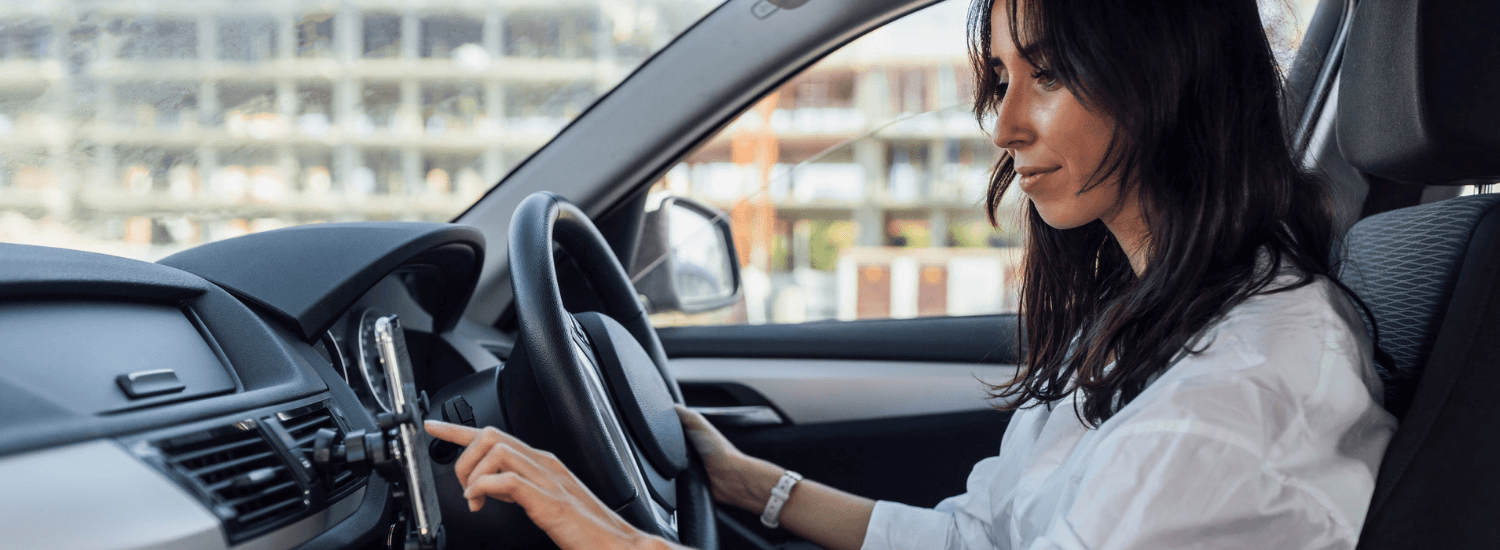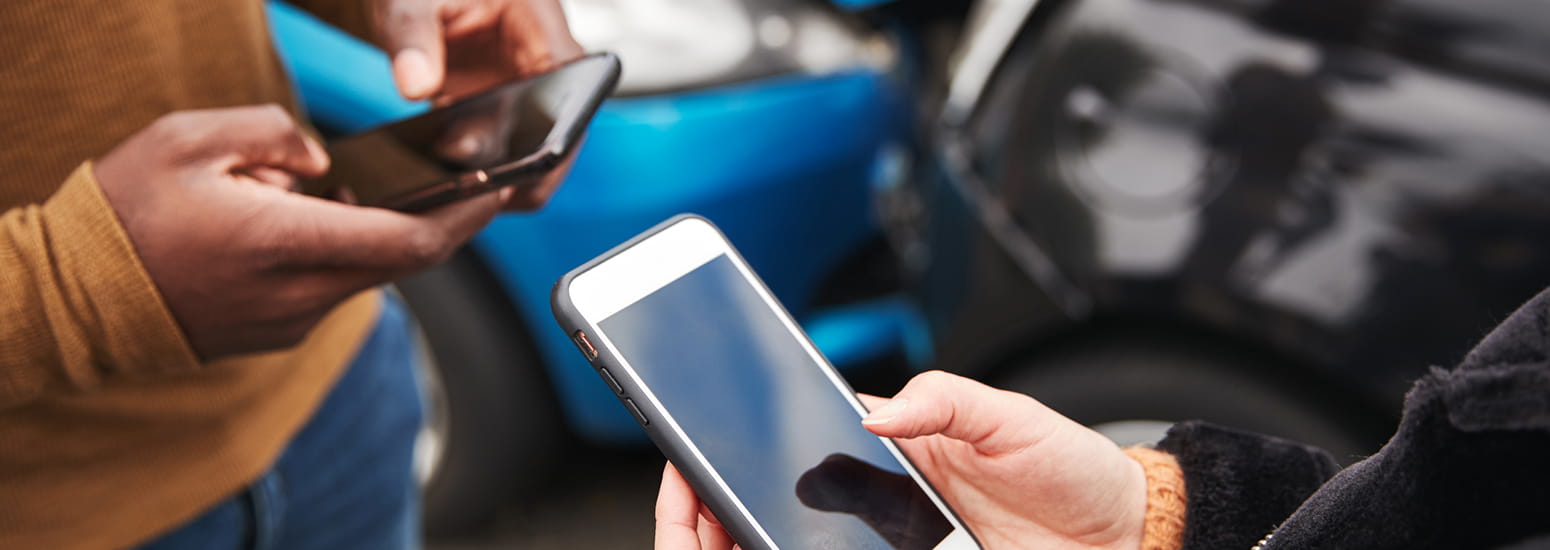Road safety for learner drivers in each state
DISCLAIMER: This article is intended as a general guide only. For more information consult the roads and traffic authority for your state or territory.
It’s relatively straightforward to obtain a learner’s permit in Australia, but it’s a more difficult journey to a full licence. Here’s a guide to what young people need to know about learner plates (L-plates) and provisional plates (P-plates) in the Australian state in which they live. Some aspects of earning a full licence will differ depending on geography, but all states and territories impose a zero blood alcohol content for all L and P plate drivers.
Australian Capital Territory
To obtain a learners licence in the ACT, a person must be 15 years and nine months and have completed the Road Ready Program, which they can do in Year 10 or at a Road Ready Centre. Young people with their learner’s permit cannot obtain a provisional licence (Ps) until age 17, and they can do so in two ways: through the Competency Based Training and Assessment Scheme (CBT&A), which requires the driver to work through a log book with an accredited driving instructor, or by passing a government test after holding a learner’s permit for at least six months, for which no logged hours are necessary.
New South Wales
At age 16, teens can obtain their learner’s permit by sitting an online test at their local Roads and Maritime Services centre. Learner drivers must log 120 hours on-road driving experience with a fully licensed driver, and hold their L-plates for a minimum of one year before applying for their P1 licence. To then obtain a P1 licence the learner must pass a practical driving test with a Roads and Maritime Services officer. After 12 months, P1 licence holders must sit and pass the Hazard Perception Test (HPT) in order to move on to a P2 licence. The differences between P1 and P2 licences in NSW include:
- P1 drivers can only carry one passenger younger than 21 years old, between 11pm and 5am
- P1 speed limit is 90km/h and P2 is 100km/h
- P1 drivers cannot accumulate more than three demerit points; P2 drivers must not accumulate more than seven points
- Drivers must hold a P2 licence for 24 months before they can obtain their full licence, which requires completing a Driver Qualification Test
Find out more about obtaining a driver licence in NSW.
Victoria
Victorians can obtain their L-plates at 16 years of age by passing the learner permit knowledge test, but must be 18 to apply for a provisional licence and have completed 120 hours behind the wheel with a fully licensed driver. There are two parts to the provisional licence test: a practical exam and a Hazard Perception Test. When a driver passes both, those under 21 years of age are given a four-year probationary licence, which includes one year with a P1 licence and three years with a P2 licence. Restrictions apply to both levels and include not using any handheld device while driving.
Find out more about obtaining a driver licence in Victoria.
Tasmania
In Tasmania, there are two levels to a learner licence: L1 and L2. A person must be a minimum age of 16 years and three months in order to obtain a L1 licence by completing the Driver Knowledge Test at a Service Tasmania centre. After at least three consecutive months on a L1 licence, and 30 hours supervised driving experience with a fully licensed driver, a L1 driver can then sit the practical driving assessment for an L2 licence. Fifty hours of driving practice with a fully licensed driver over a period of nine months needs to be completed before applying for the first level of a provisional licence. P1 drivers can apply for a P2 licence when they have held their P1 licence for 12 consecutive months. There is no test to obtain the P2 licence, but drivers will not receive it if they have committed an offence that requires the driver to restart the P1 stage, details of which can be found at the Tasmanian Government website.
Queensland
In the Sunshine State, the minimum age for a learner’s permit is 16 years and a written test of 30 multiple choice questions must be passed at a Department of Transport and Main Roads customer service centre. After 12 months, the practical test to obtain a P1 licence can be attempted after 100 logged hours of supervised driving with a fully licensed driver. Drivers must be on their P1 licence for at least a year before attempting the Hazard Perception Test, which they must pass in order to move onto the P2 licence. Restrictions apply to P1 and P2 drivers including a ban on the use of any handheld device while in a car for P1 licence drivers. P2 licence holders can use a hands-free mobile phone if they are pulled over and parked in a safe place.
For more information about obtaining a Queensland driver licence.
Northern Territory
In order to obtain a learner’s permit in the NT, a person needs to be at least 16 years old and have passed an online theory test at any Motor Vehicle Registry. Learner drivers must be on their L-plates continuously for six months before attempting the practical driving test. A guide to the test is available here. Pass the test and the learner driver progresses to their P-plates, where restrictions apply, including not using a handheld device while driving. A driver has to be at least 18 and a half years old and have held a provisional licence for two years before obtaining a full licence.
Learn more about obtaining a Northern Territory driver licence here.
South Australia
A young person can obtain their learner’s permit at 16 years of age in SA by passing a theory test at any Customer Service Centre. They must be 17 years old or have held their L plates for a minimum of 12 months before they can apply for their P-plates. The log requirement is 75 hours behind the wheel with a fully licensed driver. Learner drivers can then obtain their provisional licence in one of two ways: the Vehicle on Road Test (VORT practical driving test), or the Competency Based Training & Assessment (CBT&A), which must be completed with an accredited instructor. Learner drivers must also pass the Hazard Perception Test in order to receive a Certificate of Competency that entitles them to a P1 licence. There is no test to move on from a P1 licence to a P2 licence, but drivers won’t receive their P2 licence until they are 18 years old and/or have held a P1 licence for 12 months. Restrictions for P-platers include no driving between midnight and 5am for P1 drivers, and no driving over 100km/h when on a P1 or P2 licence.
More information on South Australia’s driver licence laws here.
Western Australia
A young person can obtain a learner’s permit when they are 16 years old in WA by passing an online theory test at a Drivers and Vehicle Services Centre. Learner drivers must be on their L-plates for at least six months and log 25 hours supervised driving practice with a fully licensed driver before they can sit the Practical Driving Assessment (PDA). When the PDA is passed, drivers remain on their L-plates for at least another six months and must log a further 25 hours of supervised driving experience. A provisional licence is granted when the learner driver passes the Hazard Perception Test. Restrictions for P-platers include not driving between midnight and 5am during the first six months of holding their provisional licence. Drivers must be on their Ps for two years before they can graduate to a full licence.
More information about obtaining a WA driver licence can be seen here.









